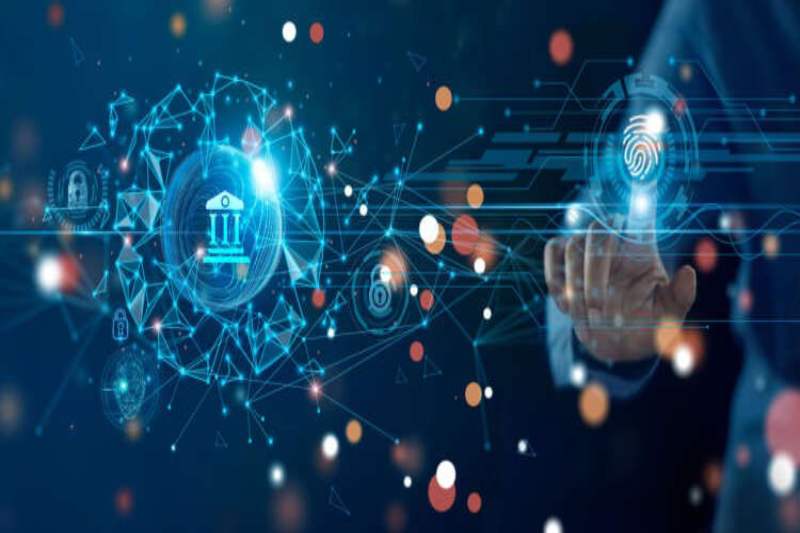
Five Cybersecurity Best Practices To Protect Financial Services
These are the top five cybersecurity guidelines to protect financial services from any hacks and assaults.
Ensuring strong cybersecurity measures is crucial in an era where financial transactions and services are increasingly dependent on digital platforms. With the growth of digital payment systems, online banking, and investing platforms, it is more important than ever to safeguard private financial data from online risks.
Cybersecurity safeguards must advance along with technology to prevent personal data from getting into the wrong hands. The surge in digitalization has led to a notable increase in cyberattacks and data breaches. Cybersecurity is critical in today’s finance world, since almost all information is available online. We engage in a variety of online activities across multiple websites, whether it be web browsing or sharing personal information.
We usually underestimate the significance of cybersecurity as we depend more and more on online platforms to exchange information and increase productivity. We run the danger of being the target of cyberattacks and data breaches as a result of this neglect. The following are some suggestions that you can use to protect financial services.
Make it necessary for users to verify their identity via several methods, like security tokens, biometrics, and passwords. This increases security and makes it more difficult for unauthorized users to access accounts.
Make sure that all software is up to date with the most recent security patches and upgrades, including operating systems, antivirus software, and firewalls. This aids in defense against known flaws and exploits.
Employees and users should receive thorough cybersecurity training that covers common dangers including malware, phishing assaults, and social engineering. Urge them to remain watchful and to report any questionable activities right away.
To avoid unwanted access in the event of a data breach, encrypt critical data while it’s in transit and at rest. Adopt robust encryption mechanisms for database administration, file storage, and communication.
Keep an eye out for indications of questionable behavior or illegal access by routinely monitoring network traffic and user activity. Use intrusion prevention systems (IPS) and intrusion detection systems (IDS) to quickly detect and address possible threats.
It's time to put money aside now that summer has arrived. That's right, put an… Read More
To-dos for budgeting, such as keeping track of spending and paying off high-interest debt, should… Read More
This year's tax season has been extremely busy for small business owners and solopreneurs, as… Read More
College students have a lot on their plates, including classes, extracurricular activities, and career development.… Read More
You may be familiar with the feeling of attempting to multitask if you have ever… Read More
There are many methods to tailor information for your audience, even if it can be… Read More